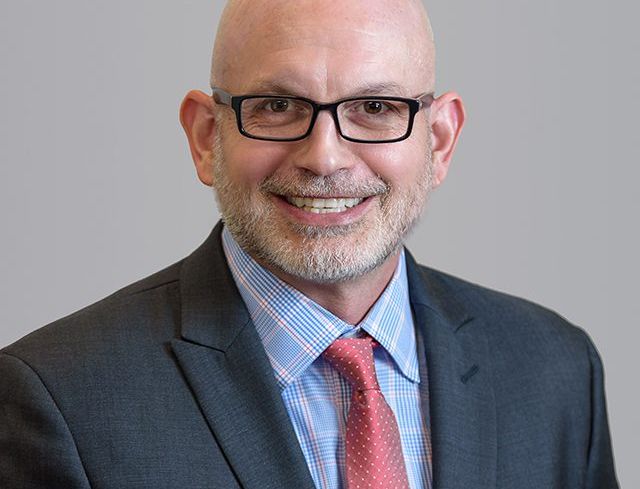South Florida Office Market Remains Promising in a Post-Pandemic World
By Chris Owen April 27, 2022 11:44 am
reprints
With offices reopening their doors and many employees returning to work, the South Florida office market remained promising given its performance in the first quarter of 2022.
The office market is supported by robust job growth and low unemployment. The region saw the addition of 154,900 new jobs and a 3 percent unemployment rate in the first quarter of the year. Miami-Dade led the way with 81,700 jobs added to the workforce and an unemployment rate of 2.7 percent, followed by Broward County with 40,600 new jobs and an unemployment rate of 3.2 percent. Lastly, Palm Beach County added 32,600 new jobs and had an unemployment rate of 3 percent.
A popular trend from the pandemic that has spilled into 2022 is the adoption of the hybrid work model, and as a result a more equal balance between time spent working in the office and at home. Although the number of employees returning to the office increased throughout the first quarter of the year, employees are not going in as frequently as they did prior to the pandemic. Office-using employment in South Florida rose in the first quarter, increasing by 43,000 jobs year over year, predominantly in the professional and business services sector, indicating that the office as a work setting remains strong in the region.
Vacancy is another important indicator of the office market’s outlook. During the first quarter of 2022, South Florida’s office vacancy rate was 16.4 percent, a slight increase of 10 basis points when compared to the same quarter in 2021. Palm Beach County led the office recovery over the last few quarters and remained popular for office tenants; as a result, its vacancy fell below pre-pandemic levels to 12.8 percent overall in the first three months of 2022 on strong tenant demand for Class A space. Miami-Dade’s vacancy rate went up slightly to 18.2 percent due to new construction deliveries even though it was the only market in South Florida to experience positive absorption. Broward County’s vacancy rate rose by 40 basis points to 16.9 percent on new space added in suburban submarkets, particularly in the Northeast and West Broward areas of the county.
Apart from employment trends and vacancy rates, the quality of office buildings is an important factor in the health of the South Florida office market. Class A captured much of the tenant demand in the first quarter, with approximately 1.1 million square feet leased, or 55 percent of all new demand. There was 325,700 square feet in positive absorption for this building type in Miami-Dade. Broward County, though not at the level of absorption in Miami-Dade, experienced 69,600 square feet in positive absorption. Palm Beach was the only one of the South Florida counties that saw the opposite trend with 45,800 square feet of negative absorption, which was largely due to several tenant move-outs in both the West Palm Beach Central Business District and suburban submarkets.
Rental rates also continued to climb in South Florida during the first quarter and sat at an average of $42.60 per square foot for the region, up more than a dollar when compared to the previous quarter. Miami-Dade asking rent increased to $47 per square foot, which marked a 7.5 percent increase in the last 12 months. Palm Beach County’s asking rate of $41.42 per square foot was 7.1 percent higher year over year. Broward County’s asking rates surprisingly fell over the year to $36.14 per square foot, down 3.1 percent, due to tenants moving into premium space with higher rents.
The South Florida economy is leading the nation out of the pandemic-related recession and into the next economic expansion. There is a wave of new-to-market tenants that view the dynamic region as the best location to attract talent and grow their businesses. The office market is benefiting from that migration with increased tenant demand, which is creating optimism for new construction. Many of the new projects, as well as older existing product, are also incorporating extensive amenity packages for their common areas to attract and entice workers to return to the office. Going forward through the rest of 2022, the region’s office sector should see improved fundamentals.
Chris Owen is the director of Florida research for Cushman & Wakefield.


